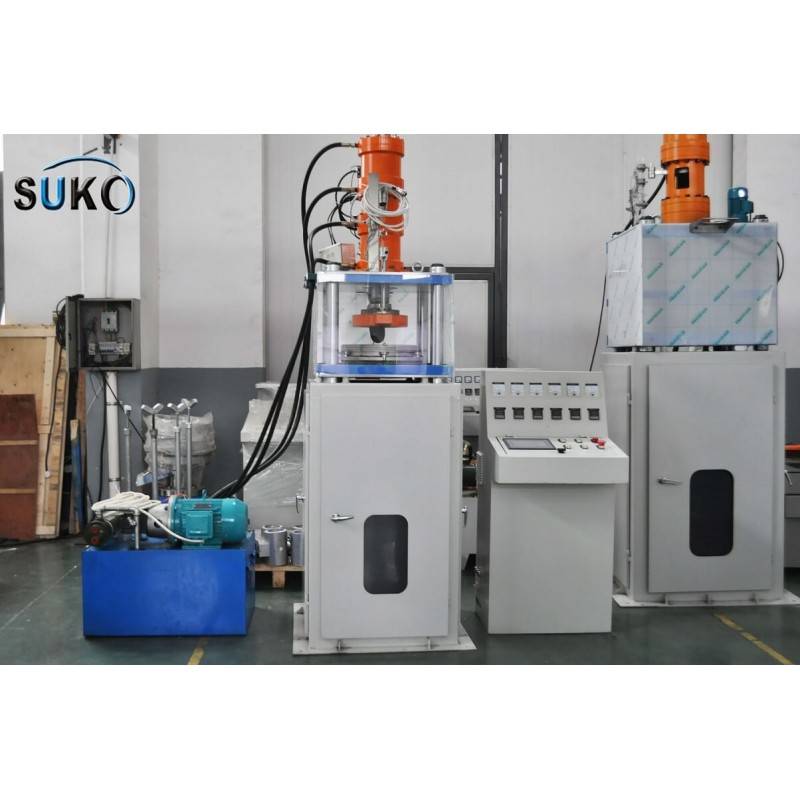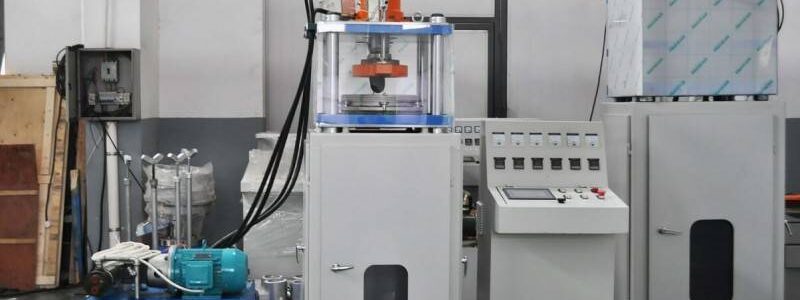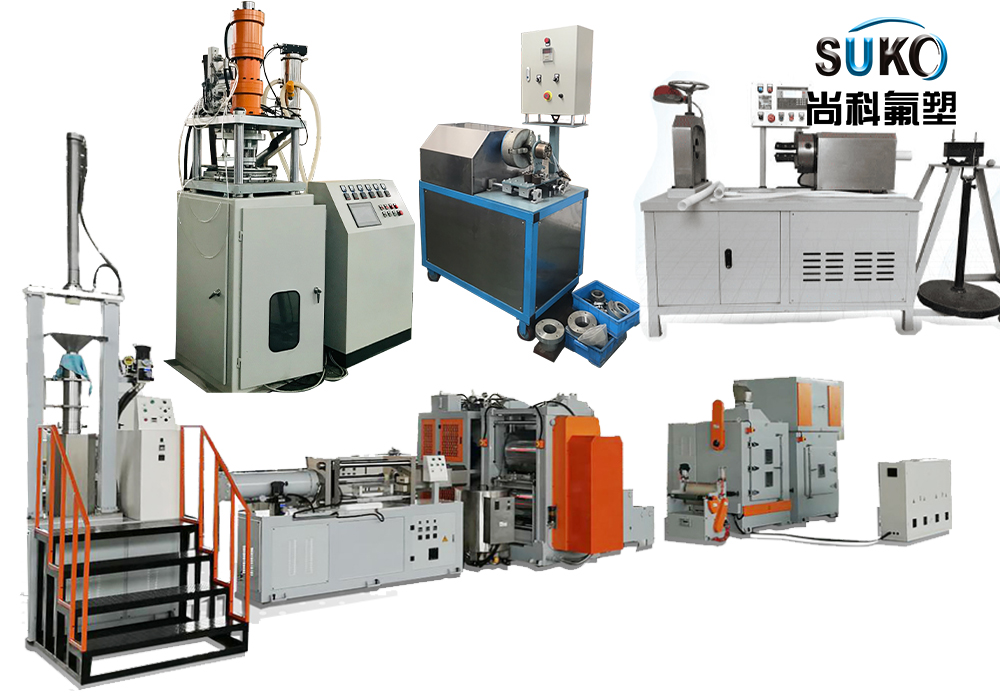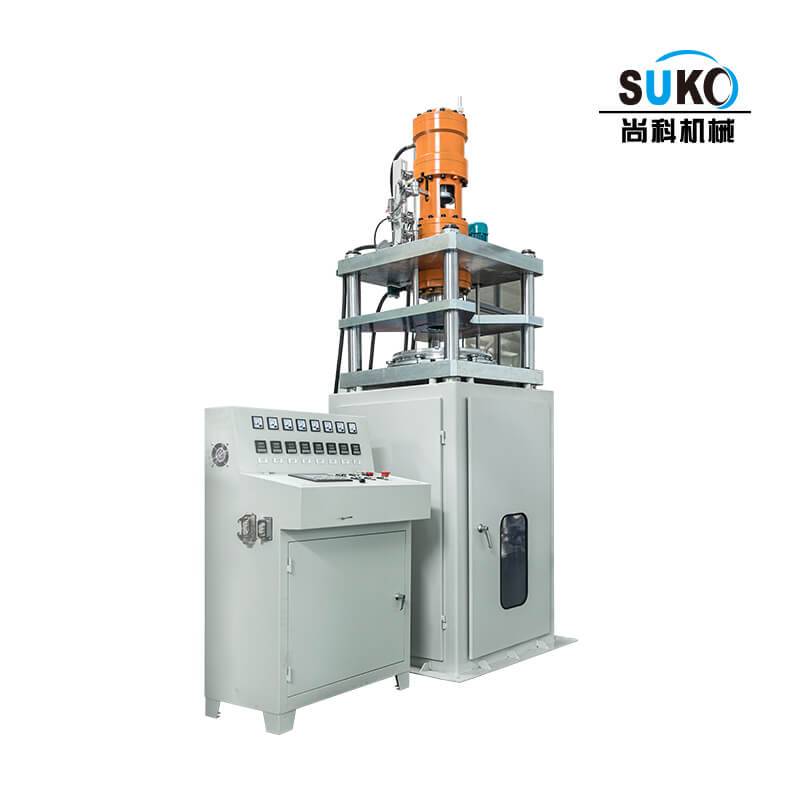The Rise of Automation in PTFE Extrusion: 2024 Industry Report
→ "How is automation transforming PTFE extrusion? What are the latest trends and challenges? This report delivers data-driven insights for industry stakeholders."
Introduction
The PTFE (Polytetrafluoroethylene) extrusion industry is undergoing a paradigm shift, driven by automation technologies that enhance precision, efficiency, and scalability. With global demand for high-performance fluoropolymers rising—particularly in sectors like aerospace, medical devices, and electronics—automation has become a critical differentiator. This report analyzes the technological advancements, market dynamics, and implementation strategies shaping automated PTFE extrusion in 2024.
Market Overview: Automation Adoption in PTFE Extrusion
Key Drivers of Automation
- Demand for Precision: Automated systems reduce human error in critical applications (e.g., medical tubing).
- Cost Efficiency: Reduced material waste and energy consumption by 15–25%[^1].
- Scalability: High-volume production needs in automotive and electronics sectors.
Global Market Trends
| Metric | 2023 Data | 2024 Projection |
|---|---|---|
| Global PTFE Market Size | $3.2 Billion | $3.8 Billion |
| Automation Penetration Rate | 38% | 47% |
| Top Regional Markets | Asia-Pacific (52%), North America (28%) |
Source: Grand View Research, 2023 Fluoropolymer Industry Report[^1]
Technological Innovations in Automated PTFE Extrusion
AI-Driven Process Control
Modern extrusion lines integrate AI algorithms to monitor parameters like temperature, pressure, and flow rates. For example:
- Real-Time Adjustments: Systems like Siemens’ SIMATIC PCS Neo reduce defects by 30%[^2].
- Predictive Maintenance: IoT sensors cut downtime by 20–40%.
Robotic Material Handling
Robotic arms (e.g., ABB’s YuMi) now handle PTFE pellets and finished products, minimizing contamination risks.
Advanced Tooling Designs
| Technology | Benefit | Application Example |
|---|---|---|
| Micro-Extrusion Dies | Precision for sub-millimeter tubing | Catheter manufacturing |
| Multi-Layer Extrusion | Enhanced chemical resistance | Semiconductor components |
Industry Applications and Case Studies
Automotive Sector
Automated PTFE extrusion produces fuel hoses and wiring insulation for electric vehicles. BMW reported a 22% reduction in production costs after adopting automated lines[^3].
Medical Devices
FDA-compliant systems like Nordson MEDICAL’s automated extruders ensure consistency in surgical tubing, meeting ISO 13485 standards.
Challenges and Solutions
Technical Barriers
- Material Sensitivity: PTFE’s high melt viscosity complicates automation.
→ Solution: Advanced screw designs with tapered geometries. - Initial Investment: Upfront costs range from $500k–$2M.
→ Solution: Government grants (e.g., EU’s Horizon 2020 subsidies).
Workforce Adaptation
- Skill Gaps: 60% of manufacturers prioritize upskilling operators in PLC programming[^4].
Future Outlook: 2025–2030
- AI-Cloud Integration: Centralized data hubs for cross-facility optimization.
- Sustainability: Closed-loop recycling systems for PTFE waste.
Frequently Asked Questions (FAQ)
Q1: How does automation improve PTFE extrusion quality?
→ AI systems detect deviations in real time, ensuring consistent output.
Q2: What ROI can manufacturers expect?
→ Most achieve breakeven within 2–3 years via reduced waste and downtime.
Conclusion and Recommendations
→ Immediate Action: Audit existing extrusion workflows for automation compatibility.
→ Long-Term Strategy: Partner with tech providers like Habasit or Dyneon for tailored solutions.
[^1] Grand View Research: Fluoropolymer Market Analysis, 2023
[^2] Siemens: SIMATIC PCS Neo Case Study, 2024
[^3] BMW Group Sustainability Report, 2023
[^4] PTFE Extrusion Industry Survey, Plastics Today, 2024




